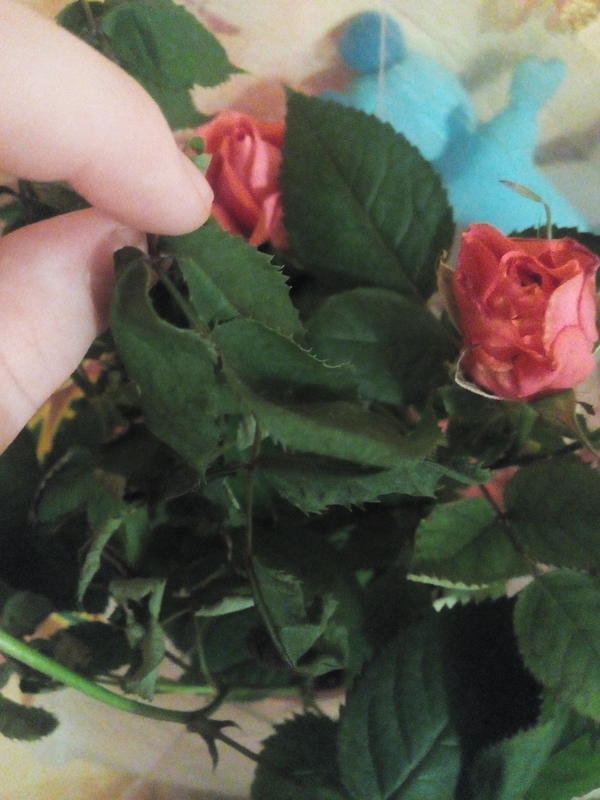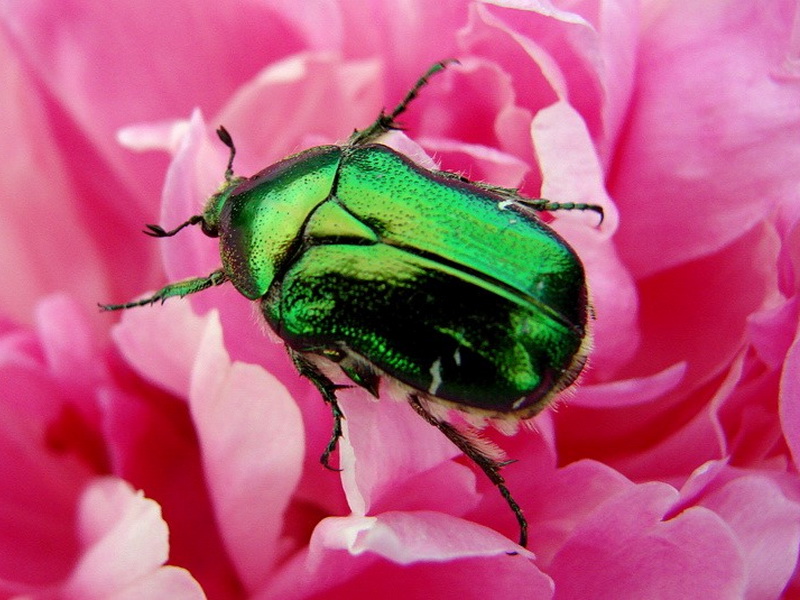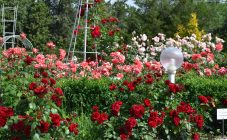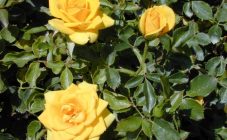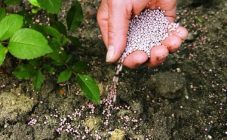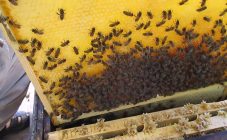Content:
Roses, like other cultivated plants, respond very well to fertilization in the near-stem circle - the vegetative mass is growing more actively, flowering will be more magnificent and abundant. However, you should not apply dressings once and in large quantities, since these flowers need different trace elements at different times.
What fertilizers need to be applied under the bushes of the "queen of flowers" at the end of summer, than to feed roses in August, will be discussed below.
General rules for caring for roses
Many beginners believe that it is very difficult to care for modern varieties of roses, so they prefer not to grow these flowers in their garden. But they are deeply mistaken - modern varieties are highly resistant to frost and disease, do not require special care, and planting them is easy, since their seedlings are sent from nurseries with a closed root system. In this case, the roots practically do not dry out, they are easy to plant, and the plants themselves quickly take root.
Planting such seedlings is simple - a seedling with a lump of earth is placed in the prepared hole, nutritious soil is added, tamped and watered well: so that the roots begin to grow faster in the bushes, they need a lot of moisture.
The distance between the planting holes should be at least 0.9-1.0 m so that these flowering perennials do not interfere with each other's growth.
It is better to plant and transplant roses in spring, so that the plants have time to take root well and get stronger before the onset of cold weather.
The main care consists in observing the watering regime, loosening the near-stem circles, removing weeds, applying additional fertilizing several times per season, as well as carrying out pruning - in the spring and, if necessary, in the fall.
Pruning is usually carried out in the spring, until the buds have blossomed. In this case, all broken, damaged and frozen branches are removed.
Top dressing is carried out several times per season:
- In spring, complex mineral fertilizers are introduced, which include nitrogen, double superphosphate and potassium, and the nitrogen content should be at least 50-60%. This mineral element accelerates the growth of shoots and vegetative mass, which is necessary in the spring.
- In the summer - during the budding period and in the phase of active flowering - at least once a month, the shrubs are fed with organic matter and mineral fertilizers, alternating them. During this period, potassium and phosphorus compounds may be included in the dressing.
- In the fall, to prepare plants for winter, you need to feed them with potassium and phosphorus compounds, which will help the roots and aerial parts to grow stronger after abundant flowering.
Why fertilize roses
Most modern varieties of roses have the main advantage - abundant re-flowering. This requires a lot of nutrients, and if there is not enough fertilizer in the soil, the number of buds that appear will sharply decrease.
Only the timely introduction of potassium and phosphorus compounds will allow the bushes to actively bloom.If a flowering perennial does not have enough nutrients in the active flowering phase, it will weaken, and a weak plant is a good "catch" for pathogenic organisms and insect pests.
After the end of flowering, the rose bushes also weaken, they need to replenish their strength and get stronger in order to prepare for the cold period, young shoots must become lignified so as not to freeze in winter. The root system can also die in a frosty winter if it does not receive a supply of nutrients in time. Therefore, it is imperative to fertilize roses in the autumn (in mid - late September) so that the plant can tolerate frosts well.
How to feed roses in August: fertilizers, drugs, folk remedies
Fertilizing roses in August consists of several stages, each of which involves the use of certain fertilizers, drugs and folk remedies.
In the last decade of July, organic matter should be introduced into the trunk circles. This can be a solution of mullein or bird droppings.
How to feed roses in early August is up to the florist himself. Experts recommend using complex mineral fertilizers, which contain potassium sulfate and superphosphate. Superphosphate also contains a small amount of nitrogen (about 7-8%), which is quite enough for flowers at the end of summer.
You can also “feed” flowers at the end of August with the help of folk remedies. Many growers recommend using a mixture of boric acid and ash. These substances are diluted in a bucket of water, insisted for several hours. And only then you can fertilize rose bushes with such a solution.
Tips and tricks from experienced florists and gardeners
Experts recommend looking at the condition of the roses before fertilizing at the end of summer. If a sufficient number of buds are formed on the shoots, and the stems themselves continue to grow, it means that they have enough mineral dressings. In this case, it is worth limiting yourself to the introduction of organic matter, which decomposes more slowly in the soil, so nutrients will flow to the roots of the shrub in portions.
In addition to root dressing, many flower growers use leaf-based fertilization in August.
There are several recipes for such dressings; the gardener himself will choose the one suitable for his flowers:
- 1.5 tbsp. tablespoons of double superphosphate are dissolved in 4 glasses of water and left for 3.5-4 hours. Then the resulting solution is poured into a bucket of water, stirred, and the mixture for spraying foliage is ready.
- 30 g of urea is diluted in a bucket of water and the above-ground part of the bush is treated with the resulting solution.
- 500 g of ash is poured into 250 ml of boiling water, put on the stove and boiled for ¼ hour, filtered, poured into a bucket of water, in which 1 tablet of micronutrient fertilizer has already been dissolved.
For the plant to bloom actively at the end of summer, it must be fertilized during this period. But at the same time, you should adhere to the following golden rule: overfeeding rose bushes is as harmful as applying too little fertilizer. It is necessary to find the best option in which the amount of nutrients would be sufficient for the perennial for abundant flowering and shoot growth.

